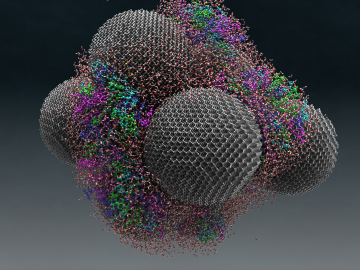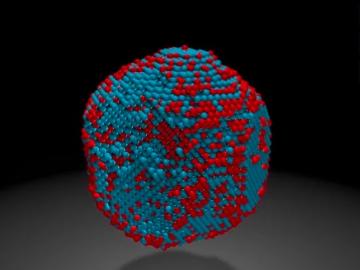
Polyphase wireless power transfer system achieves 270-kilowatt charge, s...

Researchers have long sought electrically conductive materials for economical energy-storage devices. Two-dimensional (2D) ceramics called MXenes are contenders. Unlike most 2D ceramics, MXenes have inherently good conductivity because they are molecular sheets made from the carbides ...


Barely wider than a strand of human DNA, magnetic nanoparticles—such as those made from iron and platinum atoms—are promising materials for next-generation recording and storage devices like hard drives. Building these devices from nanoparticles should increase storage capaci...

